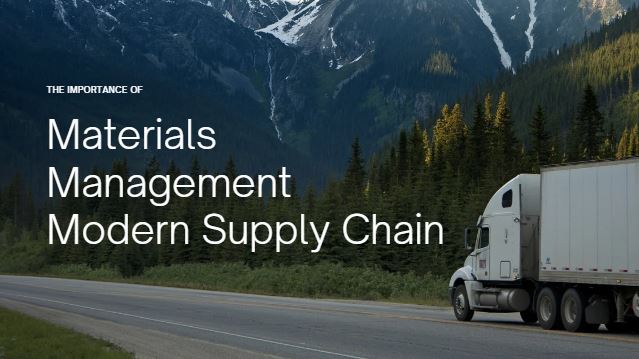When shopping online, you receive a message saying – Your estimated time of arrival is Tuesday, 5:35 p.m.
The ETA or estimated time of arrival is the last stretch of the logistical journey of the product. It is known as the last mile in logistics management.
Last Mile can be defined as the last leg of the journey that a package undergoes before reaching your doorstep. Imagine the railway station, port, airport, or warehouse as the trunk of a tree whose roots are spread throughout the city. The transfer of the goods or packages from the trunk to your house via the roots is called last-mile logistics.
It has become crucial due to the number of competitors, costs, and customer satisfaction.
As e-commerce retail purchases have gone up. Urban areas are hyper-competitive markets for grocery and daily essentials. Delivery service provider players like Grofers, Big Basket, Zomato, Swiggy, Dunzo, and Zepto are at loggerheads in terms of delivery time and delivery charges.
Any change or increase in these costs causes the total cost to go up. This hampers the customer experience.
Statistically, last-mile logistics account for 53% of the total shipping cost for residential deliveries, small warehouses, distribution centres, and retail stores.
E-commerce and fast-moving consumer goods (FMCG) account for roughly 70% of the last-mile delivery business.
Here’s why Last Mile Logistics is important –
- Cost – As the mile delivery costs increase, the delivery charges also increase. This makes the customers more reluctant to buy or search for other alternatives. Hence the companies need to adopt aggressive pricing strategies to stay in the competition. Hence they have to focus on their last and first-mile logistics to maintain a competitive advantage.
- Customer experience & satisfaction– Timely delivery, real-time order tracking, and quick turnaround time is preferred by customers. Customers are happy if they get quicker deliveries after their order has been placed. Hence a proper process and use of technology can help companies satisfy their customers.
- Packaging – It plays an important role in creating an impression on the customers and guaranteeing safe delivery. According to a report, 80% of respondents felt that packing creates a very strong environmental impact. Hence green packing is likely to reach $3,37,542.0 million by 2031.
- Convenience – The most important reason why customers choose to shop online is to avoid crowded markets, long queues, and time consumption. Hence convenience is the major differentiating advantageous factor for e-commerce. Hence high throughput of online orders to ensure fast delivery sets the company apart from its competitors.
The instant gratification of customer demands is possible through advancements in logistics technology and processes. The companies that have been quick to adapt to these changes have grown stronger in the post-Covid period.
Logistics & supply chain sector is undergoing rapid change. Hence upgrading oneself to match the demands of the changing market is important.
How will MITSDE help in upgrading your knowledge?
MIT School of Distance Education (MITSDE) understands the current skills gap in the market and strives hard to reduce it. Hence, MITSDE brings you PGDM in Logistics and Supply chain Management.
The course covers the basics of Supply Chain Management (SCM) and analytical software to minimize risk and optimize profits. It focuses on people management skills for negotiation, working with a diverse group, and ethical decision-making. It imparts managerial skills like communication, coordination, organization, and execution.


